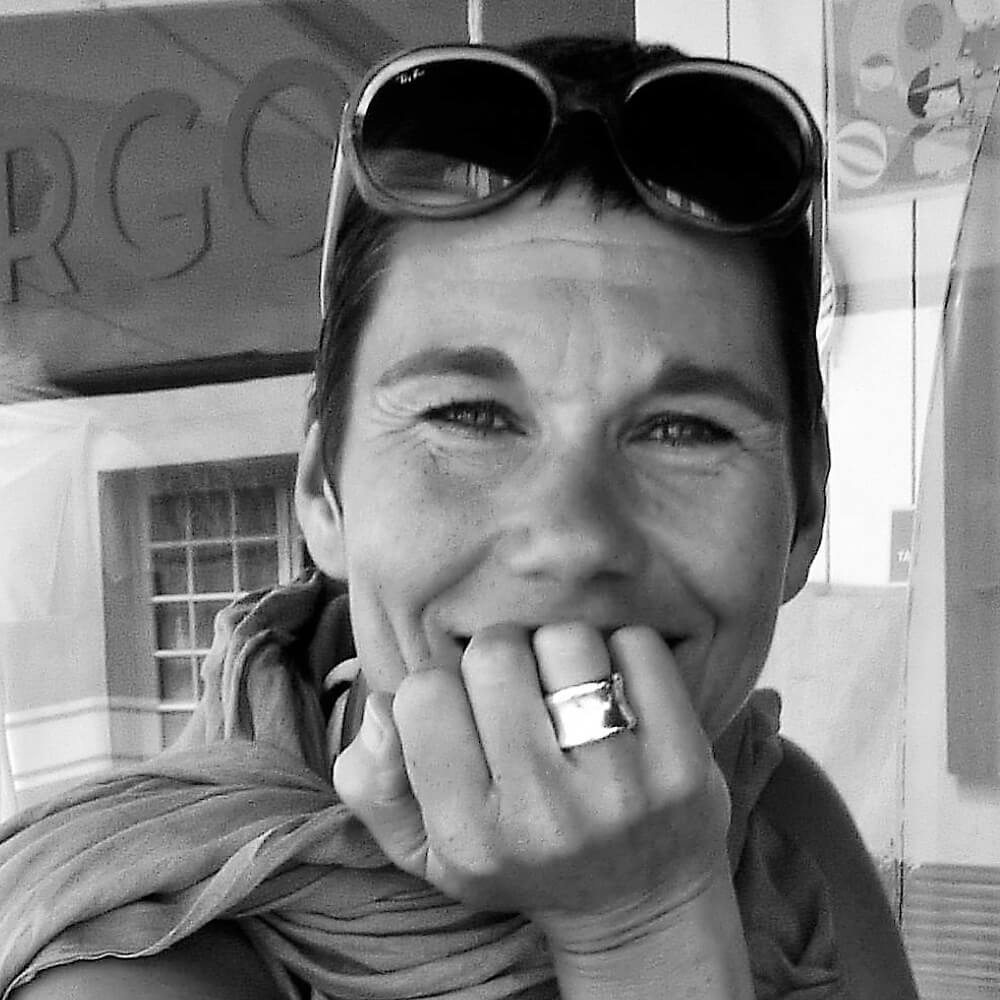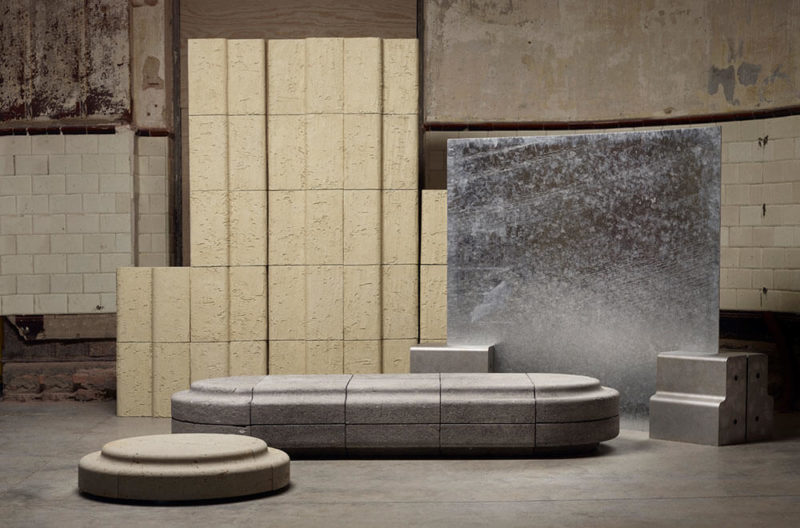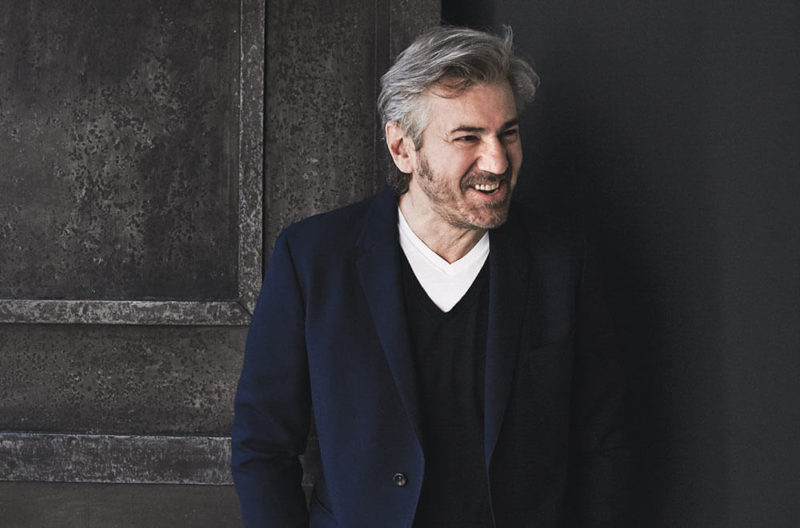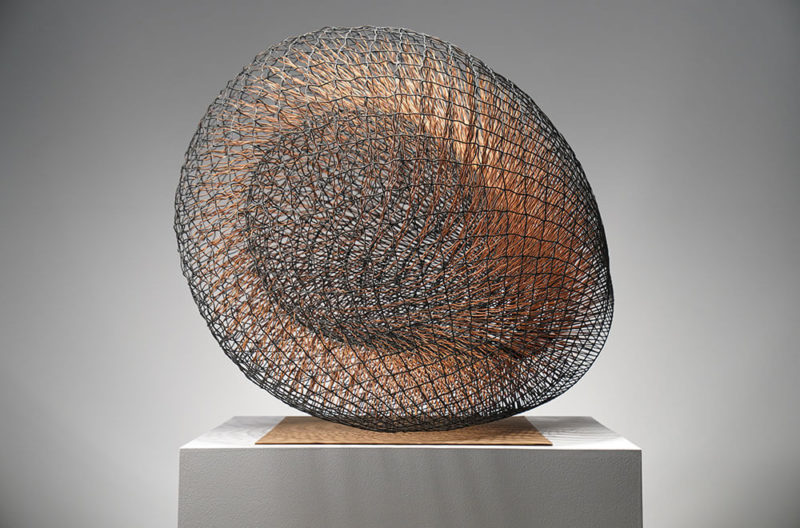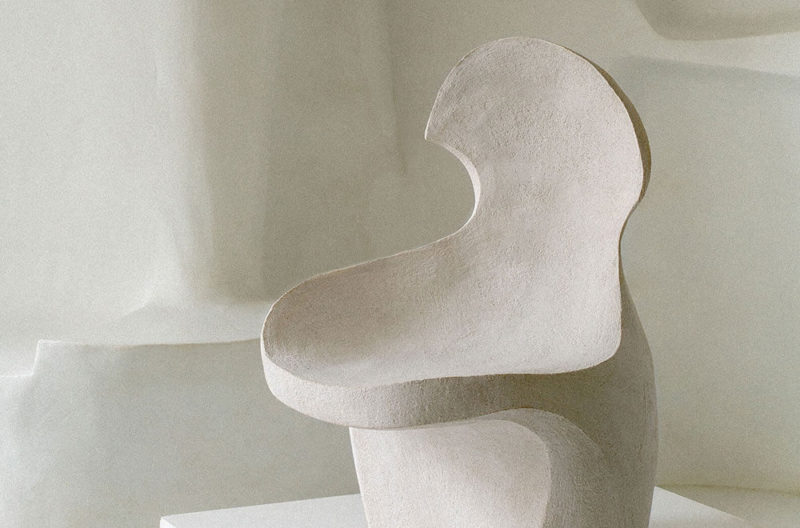COLLECTIBLE / Mia Karlova
The Russian interior designer opens a new gallery in Amsterdam, inviting us to look again, from a different angle.
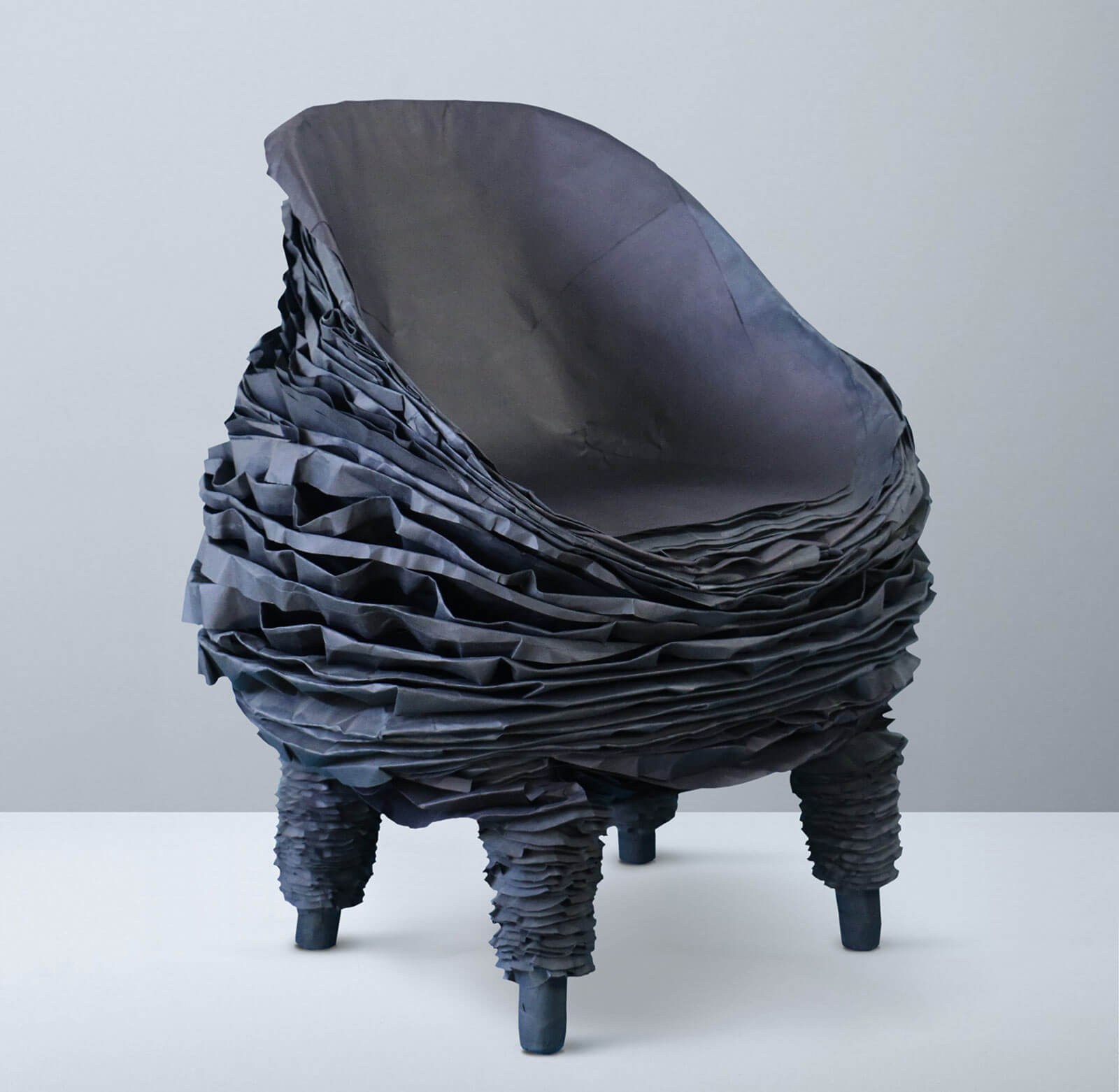
Vadim Kibardin, ‘Dolly Chair’, 2018
COURTESY: Mia Karlova
“COLLECTIBLE DESIGN HAS always played an important role in my projects,” says award-winning Russian interior designer Mia Karlova, “and last year I decided that I wanted to devote myself to this most inspiring aspect of my previous work by setting up a gallery.” 2020 was a challenging year to start a new business, but the bricks-and-mortar version of her eponymous gallery has just opened in Amsterdam, after a very successful launch in the digital space.
The artists that Karlova represents work in a variety of media – from fibre and wood, to cardboard and paint. Her aim is to provoke a dialogue between different disciplines and establish the gallery as a leading voice in experimental, concept-driven, sustainable design. That last point is important. “I want sustainability to be a forte of the gallery,” she says. “Collectible design is attracting more and more interest from collectors and I think that it’s crucial to use this attention to address the issues of environmental consciousness.”
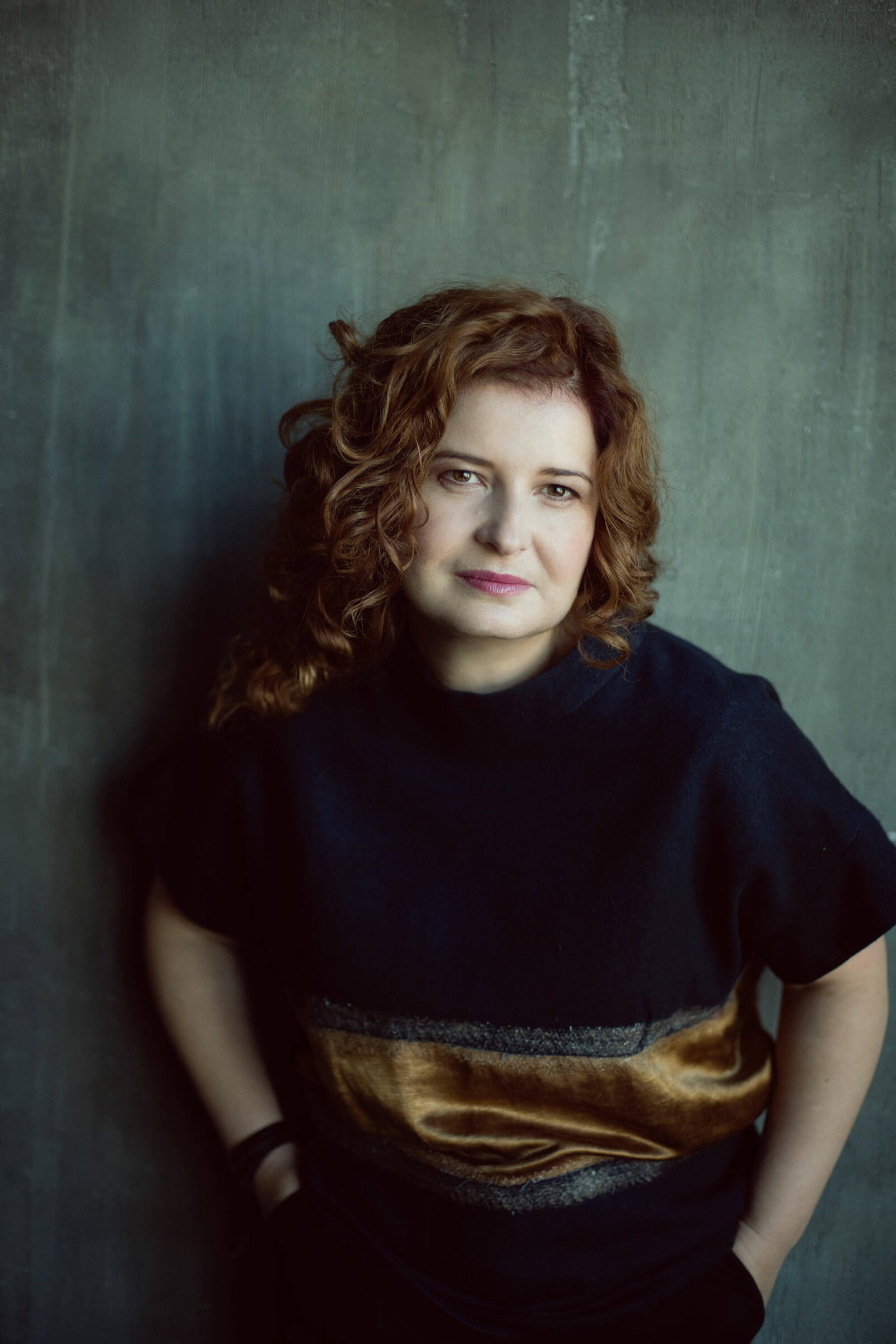
Mia Karlova
COURTESY: Mia Karlova
The exhibition, ‘A Life Less Ordinary’, that she is staging this month at COLLECTIBLE Brussels – as well as in her gallery in Amsterdam – is a fascinating articulation of Karlova’s concerns. Conceived in spring 2020, the show is also a response to the drastic changes the pandemic has affected on all our lives. “This has been a whole new experience,” she explains. “Some of us were apart from our loved ones, while others were desperate for some privacy; we stopped travelling and material consumption went online. But also – and this is probably more important – we have changed our perceptions of daily life. I wanted the pieces I selected for COLLECTIBLE to tackle these life-changing transformations.”
Interestingly, only two of the pieces in the exhibition were made after the pandemic struck, and both were inspired by the central role home played in our lives during that extraordinary year. Sho Ota, who worked in fine wood manufacturing in his native Japan before moving to the Netherlands to study Contextual Design at Academy Eindhoven, has created the intriguingly textured ‘Surfaced’ coat rack.
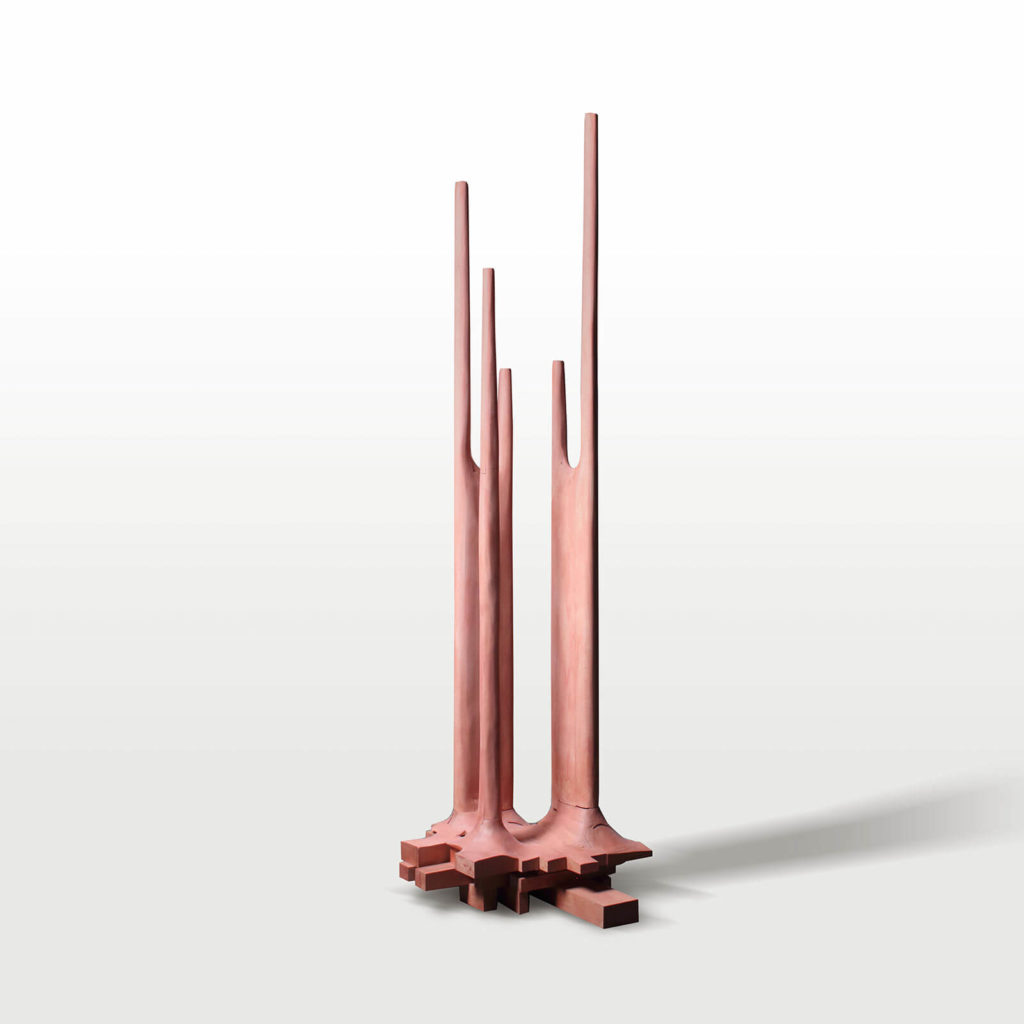
Sho Ota, ‘Surfaced’ coat rack, 2020
COURTESY: Mia Karlova
“Sho reimagines the ordinary and this piece directly addresses this issue of a change in our focus,” Karlova says. “’Surfaced’ stems from a desire to reveal the, usually hidden, structure of the wood used in industrial manufacturing. By exposing it, he invites us to look at a relatively unimportant object in the hierarchy of furniture in a new light and with our full attention.”
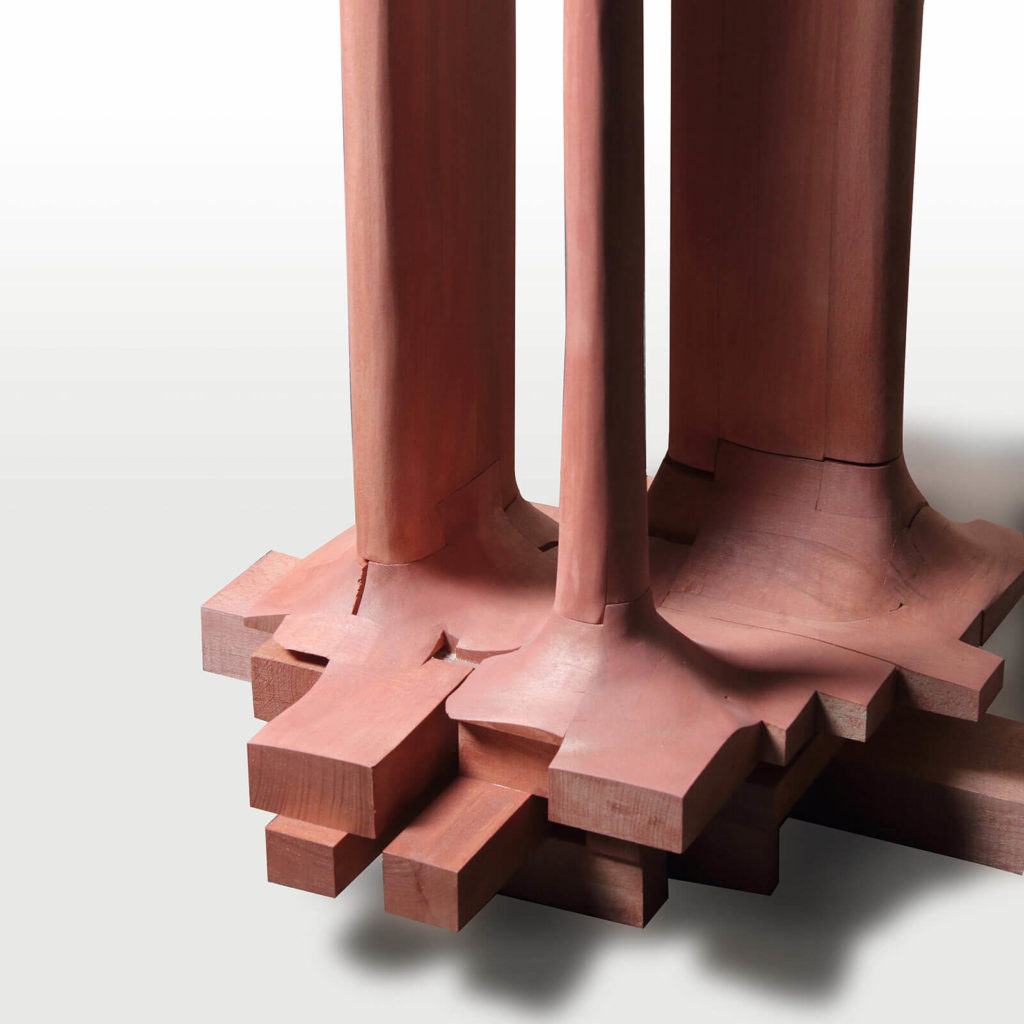
Sho Ota, ‘Surfaced’ coat rack, 2020 (detail)
COURTESY: Mia Karlova
Russian product and interior designer Olga Engel also sets out to alter our perceptions of familiar household objects, but where Sho Ota strips back, Engel adds new and unexpected functions. ‘Lightbox #2L’, which will premiere at COLLECTIBLE, transforms the ordinary lightbox into a miniature room with spaces for both conscious privacy and social interaction. “Olga’s work is very much about bringing more emotion to what surrounds us,” Karlova says. “’Lightbox’ is a minimal, poetic reflection of this new paradigm of home being the true centre of where we are.”
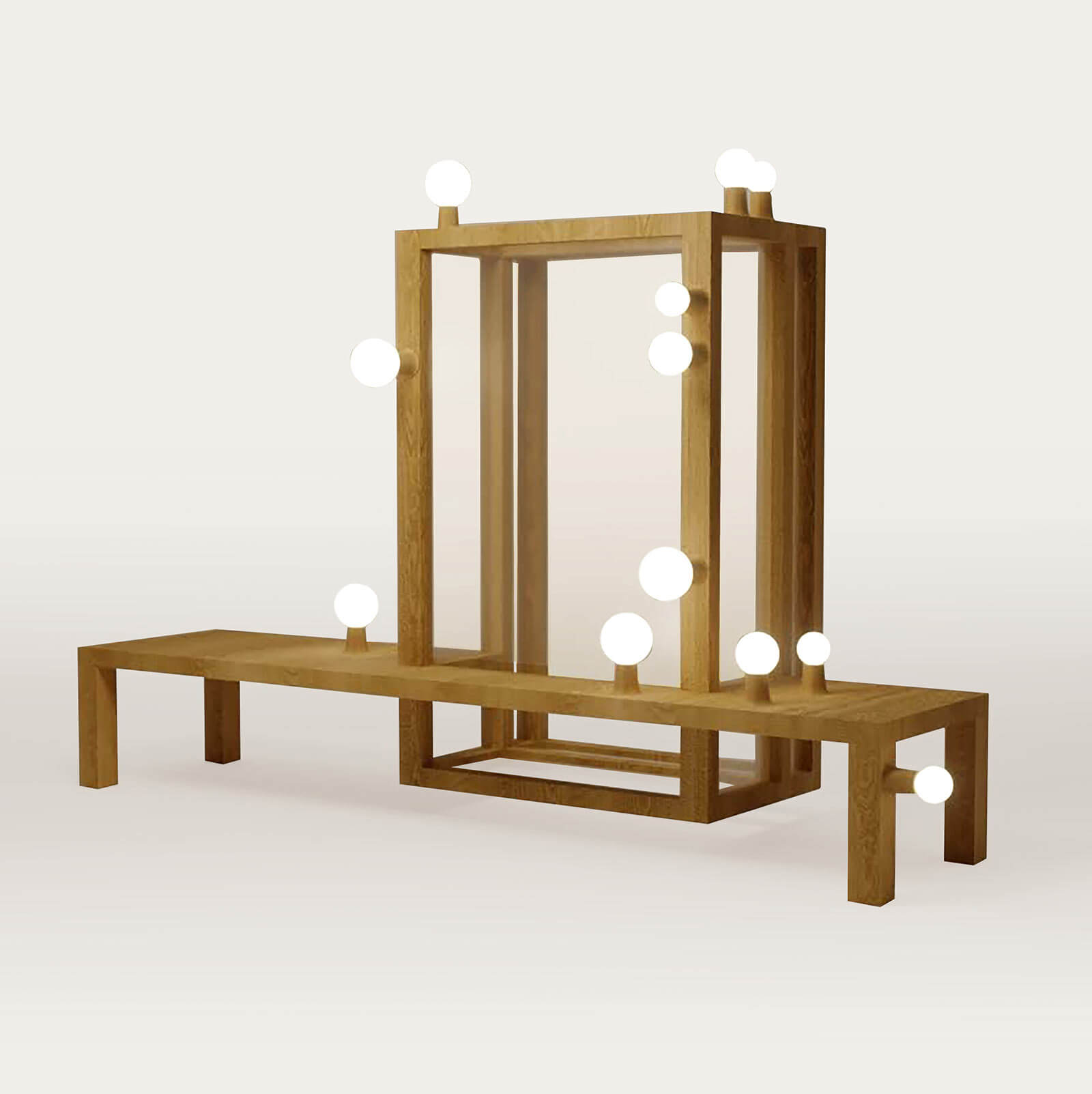
Olga Engel, ‘Lightbox #2L’, 2021
COURTESY: Mia Karlova
The remaining four works pre-date Covid-19, but they are uncannily prescient and draw attention to the transformations in material consumption and environmental awareness the last year has prompted. ‘Dolly’ and ‘Paper Chair #7’, for example, both made in 2018 by the Prague-based Russian designer Vadim Kibardin, are entirely formed from discarded cardboard, a material the rise of lockdown-enforced online shopping left many cities struggling to deal with. “These chairs are handmade, beautiful, functional and fully sustainable,” Karlova says, “and I don’t think Vadim has had enough of a stage to talk about them. This exhibition can give him that.”
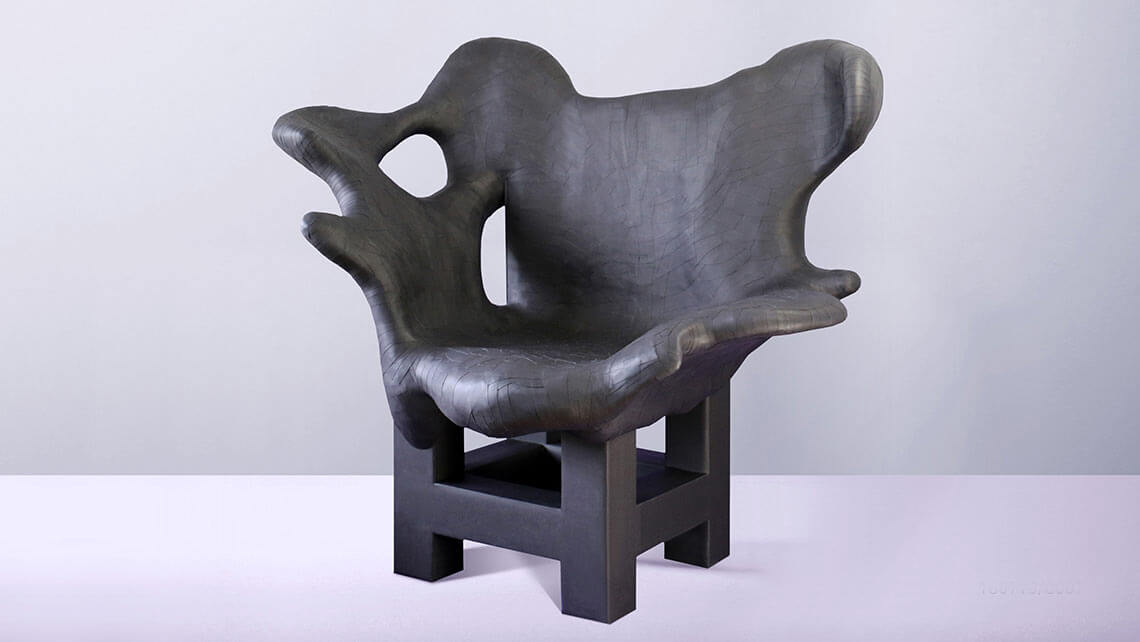
Vadim Kibardin, ‘Paper Chair #7’, 2018
COURTESY: Mia Karlova
Dutch textile designer Femke van Gemert’s textile wall installations speak to similar concerns about waste. A former fashion designer who changed direction after seeing the acceleration of fast fashion in the 1990s, van Gemert revives leftover textiles as, in her words, “a conscious act of new existence.”
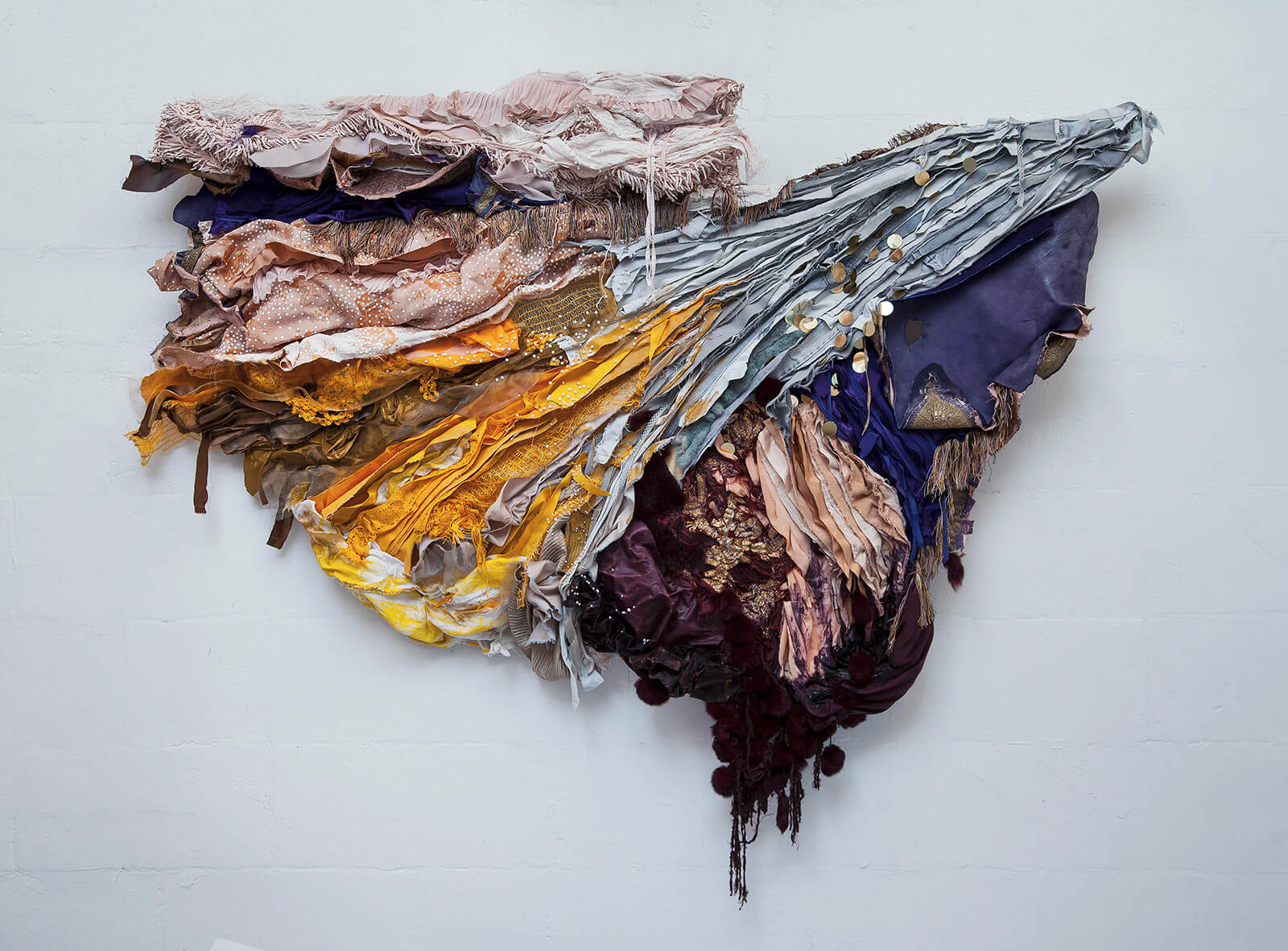
Femke van Gemert, ‘Conflicting Forces’, 2016
COURTESY: Mia Karlova / PHOTOGRAPH: Leo Veger
Karlova is a huge fan and has chosen two pieces for the show, ‘My Mother, Daughter and me’ and ‘Conflicting Forces’.“Femke has an exceptional eye for colour and her pieces are artistic, sustainable, and carry a personal story,” she says. “’My Mother, Daughter and me’, for example, is about the unbreakable connection between three generations.”
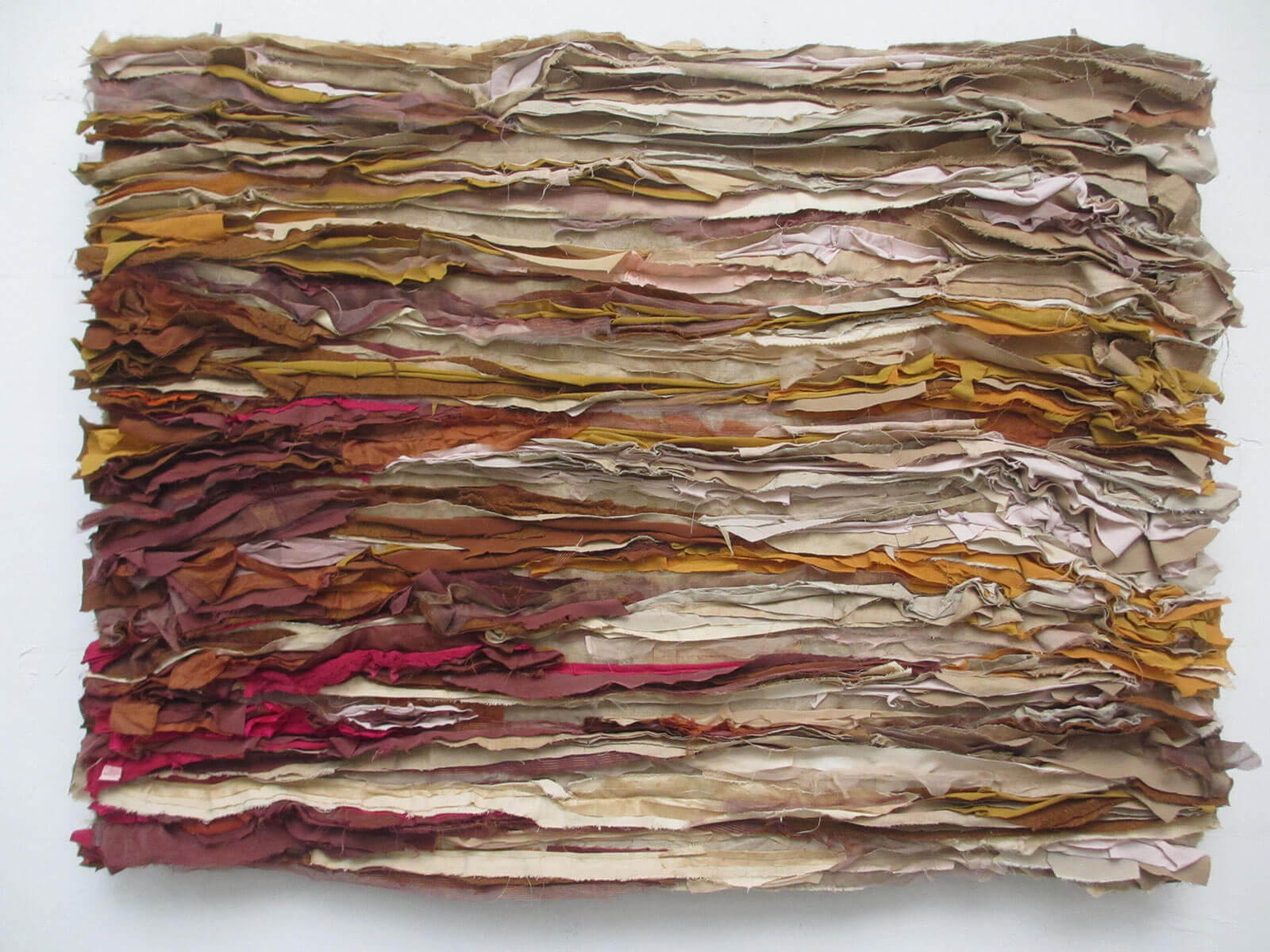
Femke van Gemert, ‘My Mother, Daughter and me’, 2014
COURTESY: Mia Karlova
The processes and concerns behind all the works in ‘A Life Less Ordinary’ are utterly contemporary and, for Karlova, the fact that more than half of them were made several years ago is not simply a sign of their maker’s sensitivity to global issues, it is at the heart of this exhibition’s message. “The change in the world we are facing is that we are no longer talking about the newest pieces coming to market,” she explains. “It’s about looking at things for a second time from a different angle. I want this exhibition to be an invitation to look again.”
‘A Life Less Ordinary’ is showing at COLLECTIBLE (28th-30th May 2021), and at Mia Karlova Galerie, Amsterdam (28th May – 23rd July 2021).
Prices range from €3,200 – €11,500.
Mia Karlova Galerie, Prinsenghracht 510, Amsterdam 1017KH
@miakarlovagalerie
